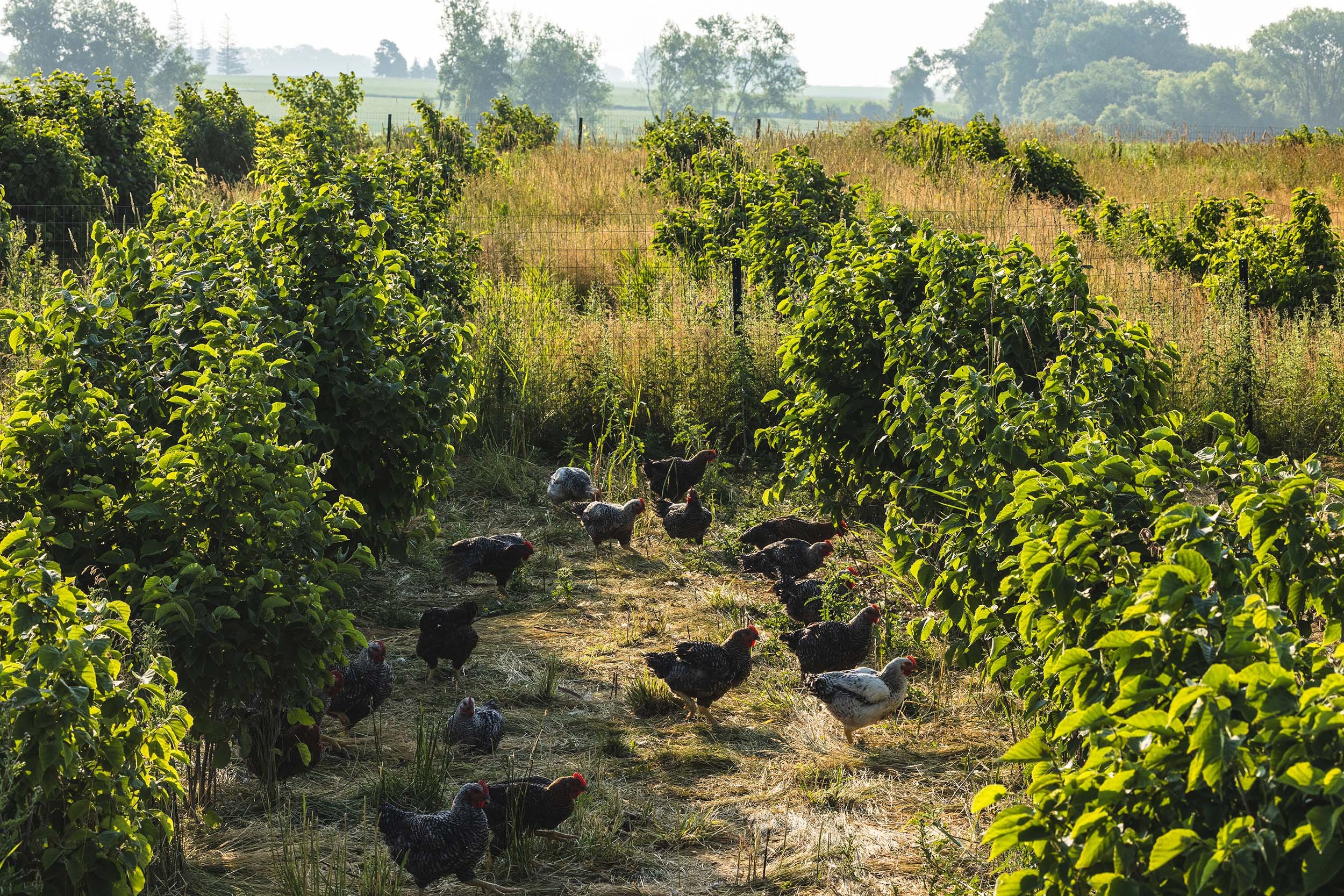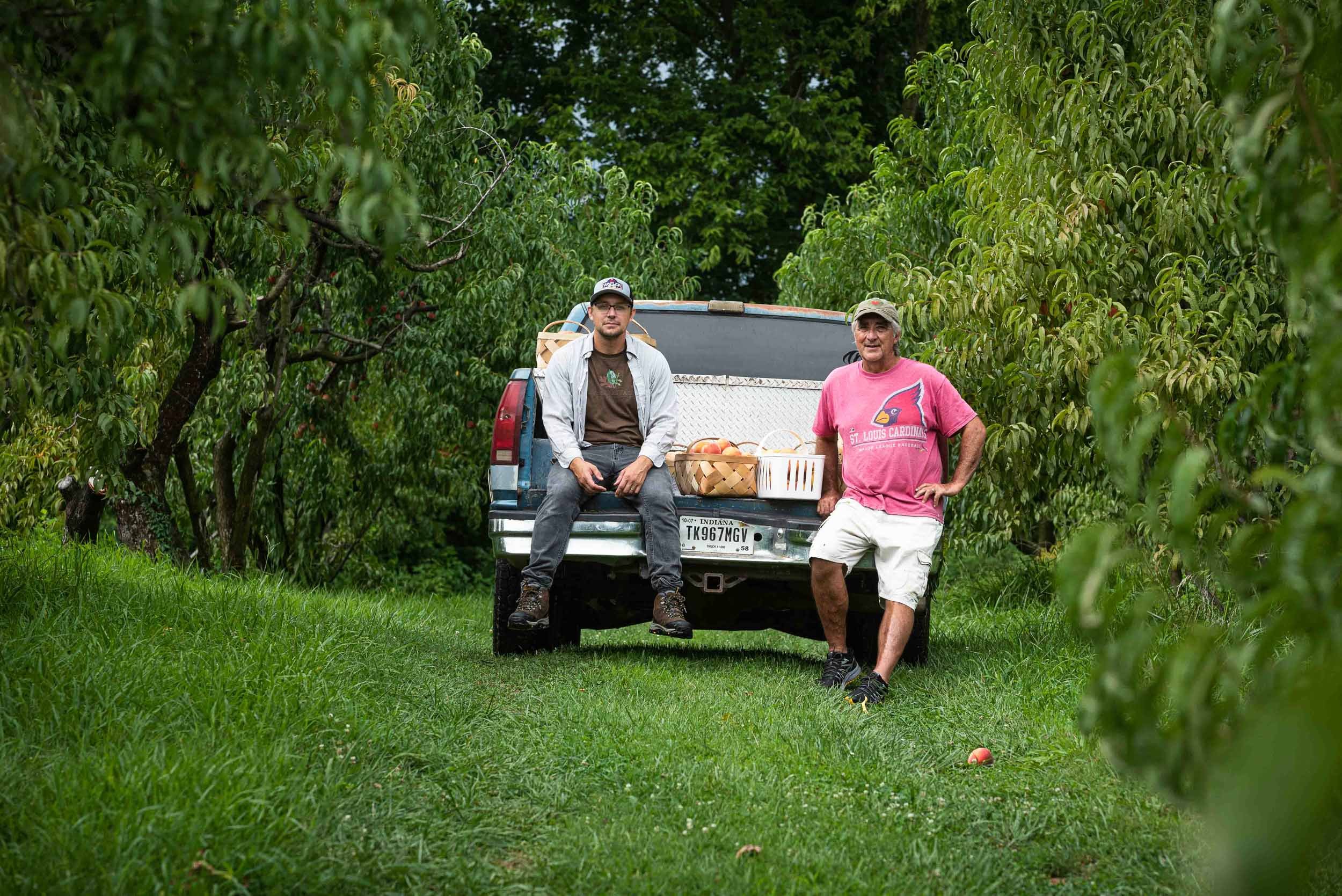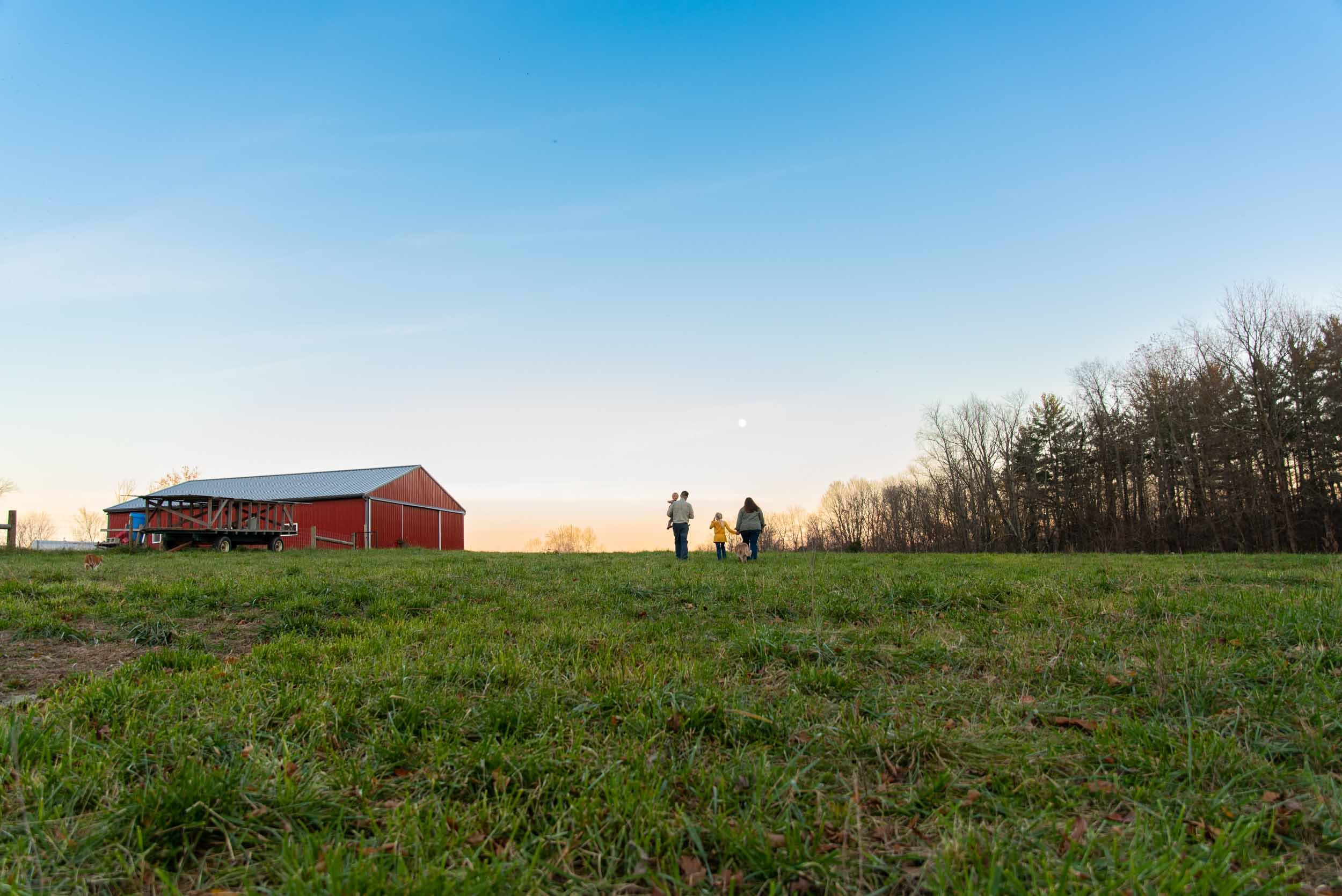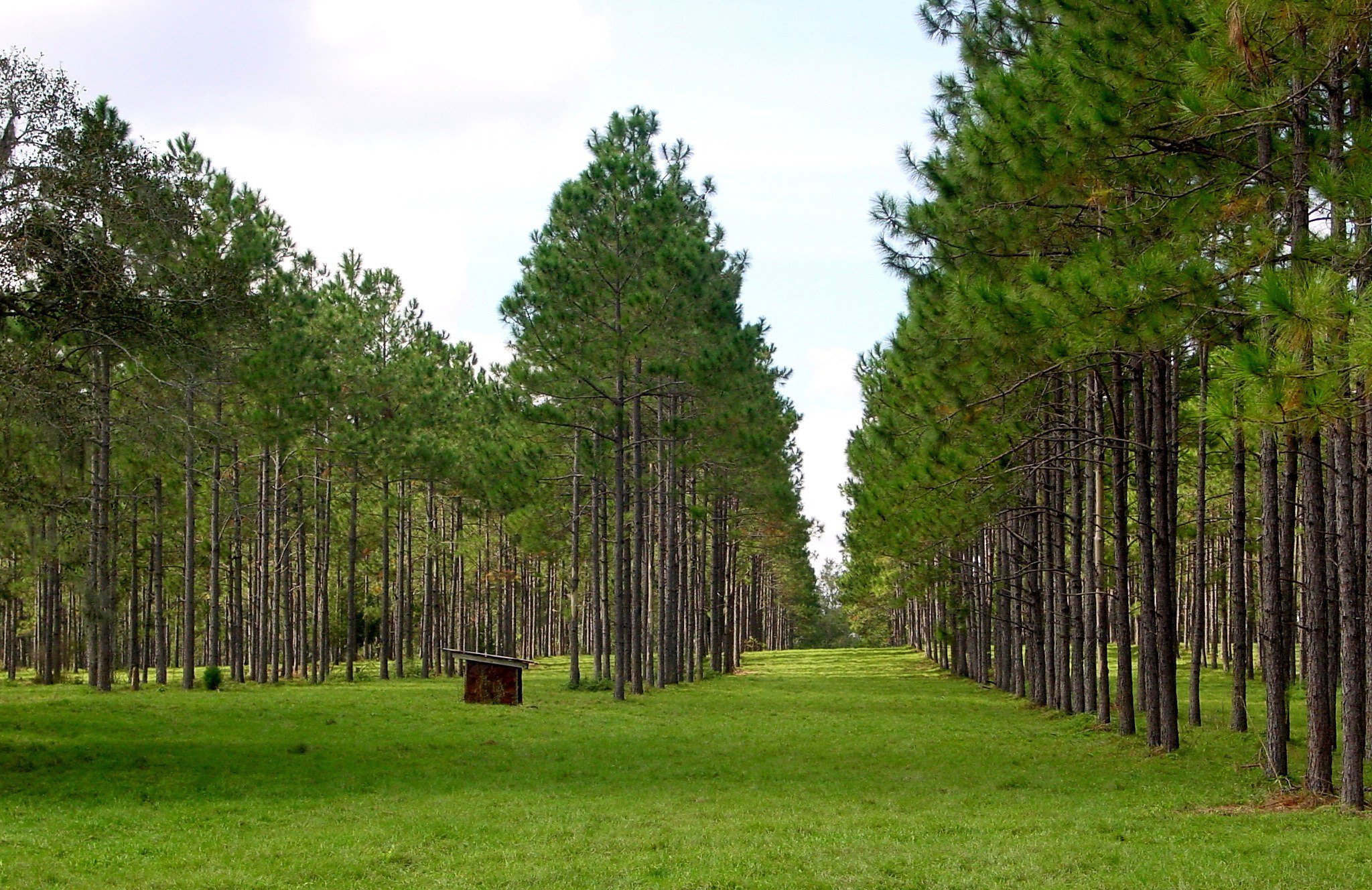A New Paradigm for Poultry

How Regenerative Farms Are Rethinking Chicken
When you approach the poultry paddocks at Salvatierra Farms you might not notice how many chickens are hiding among the tall grasses and young hazelnut trees at first. And that’s by design. On a warm afternoon in June, 1,500 7-week-old hens had come out to mill around — lured by feed and water stations — but many were hard to find.
“There’s an eagle that comes around here,” says Reginaldo Haslett-Marroquin, the farmer and visionary behind the operation. “It has flown over a few times, and it just keeps going.” Soon, he adds, the trees and other perennials will be tall enough to provide cover for the birds, but the grass will suffice in the meantime.
Salvatierra, which was a conventional corn and soy operation until Haslett-Marroquin bought it three years ago, is in the midst of a wholesale transformation. He has planted more than 8,000 hazelnut trees there, created a water catchment pond and begun managing the forest that frames it on two sides, and leveled the land where he plans to build a home for his family…
This article was produced in partnership with Civil Eats.
Photo: Hazelnut trees in the paddocks at Organic Compound are six years old and productive, but they still have a way to go before they reach full maturity. Photo courtesy of Wil Crombie
Twilight Greenaway is the senior editor at Civil Eats and its former managing editor. Her articles about food and farming have appeared in The New York Times, NPR.org, The Guardian, TakePart, Modern Farmer, Gastronomica, and Grist. See more at TwilightGreenaway.com.






